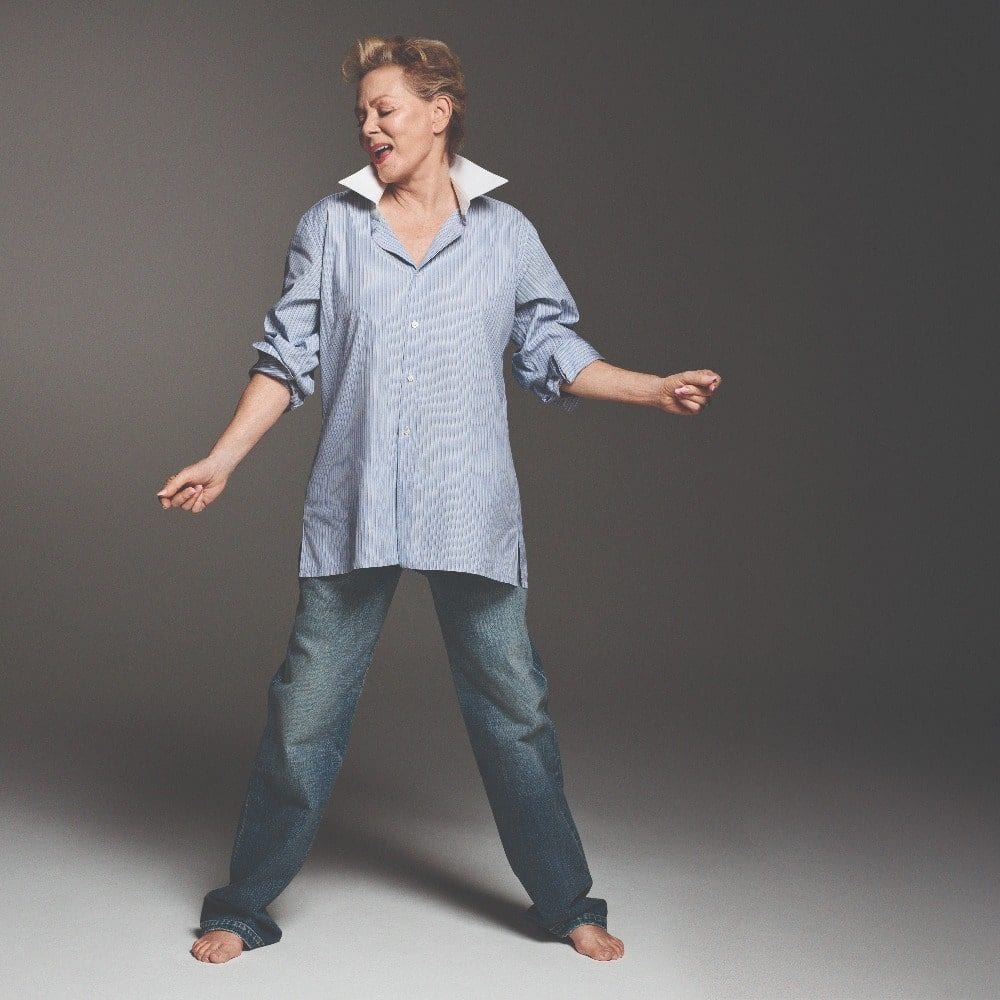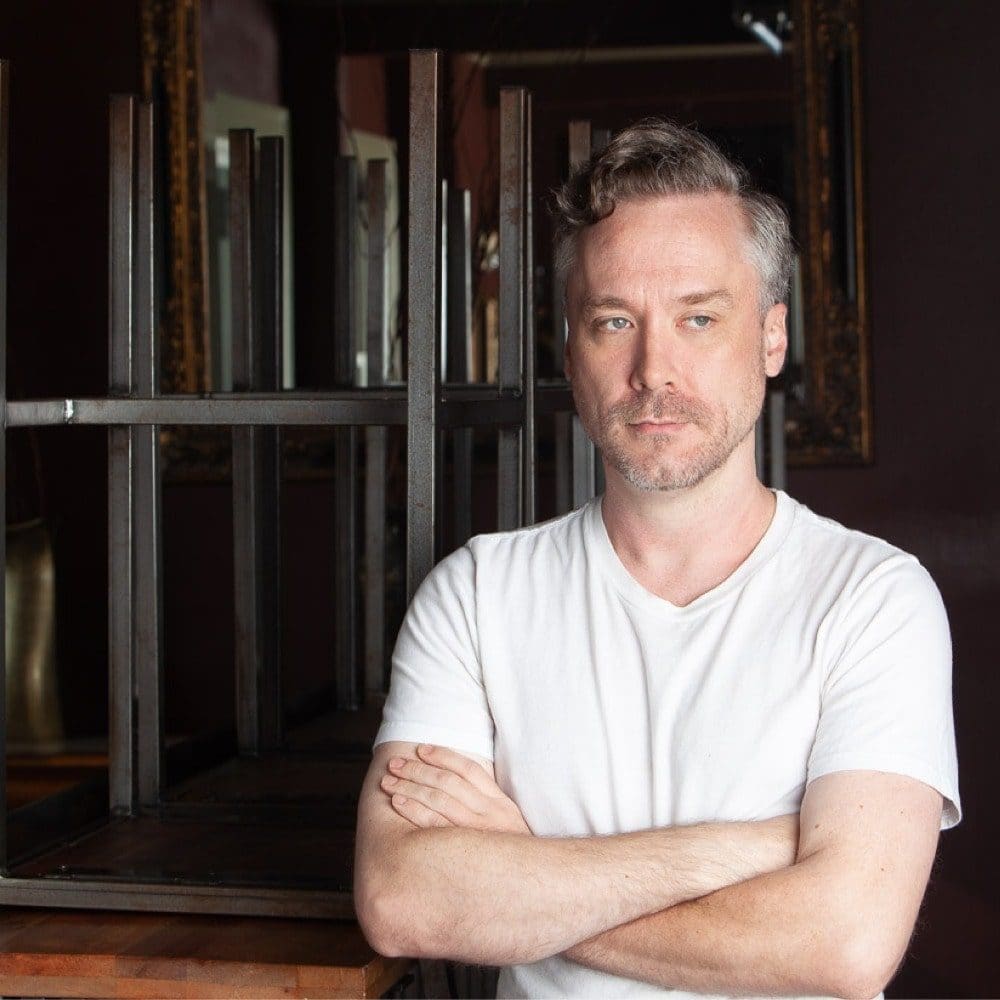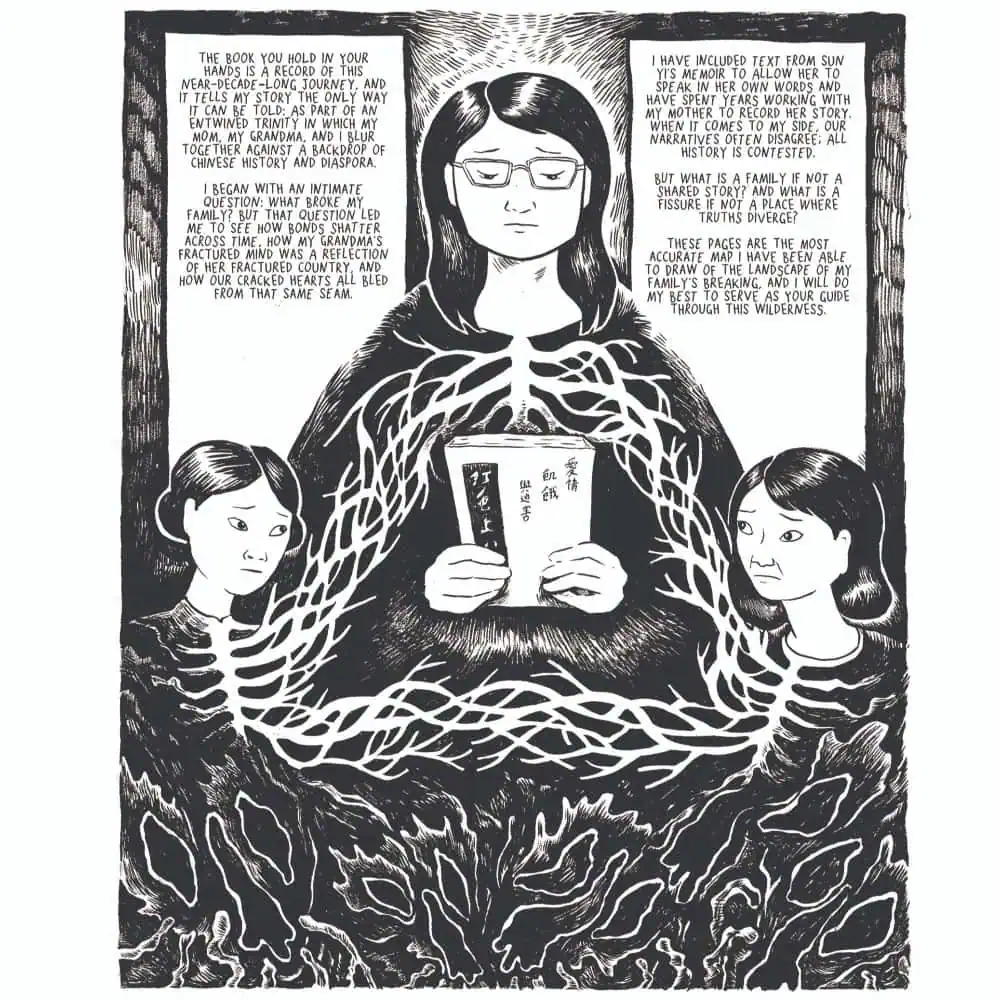Seattle Culture
Dark Emotions, Lighthearted Interactions
Whim W’Him presents two emotion-inducing premieres to close out the season
By Rachel Gallaher May 15, 2024
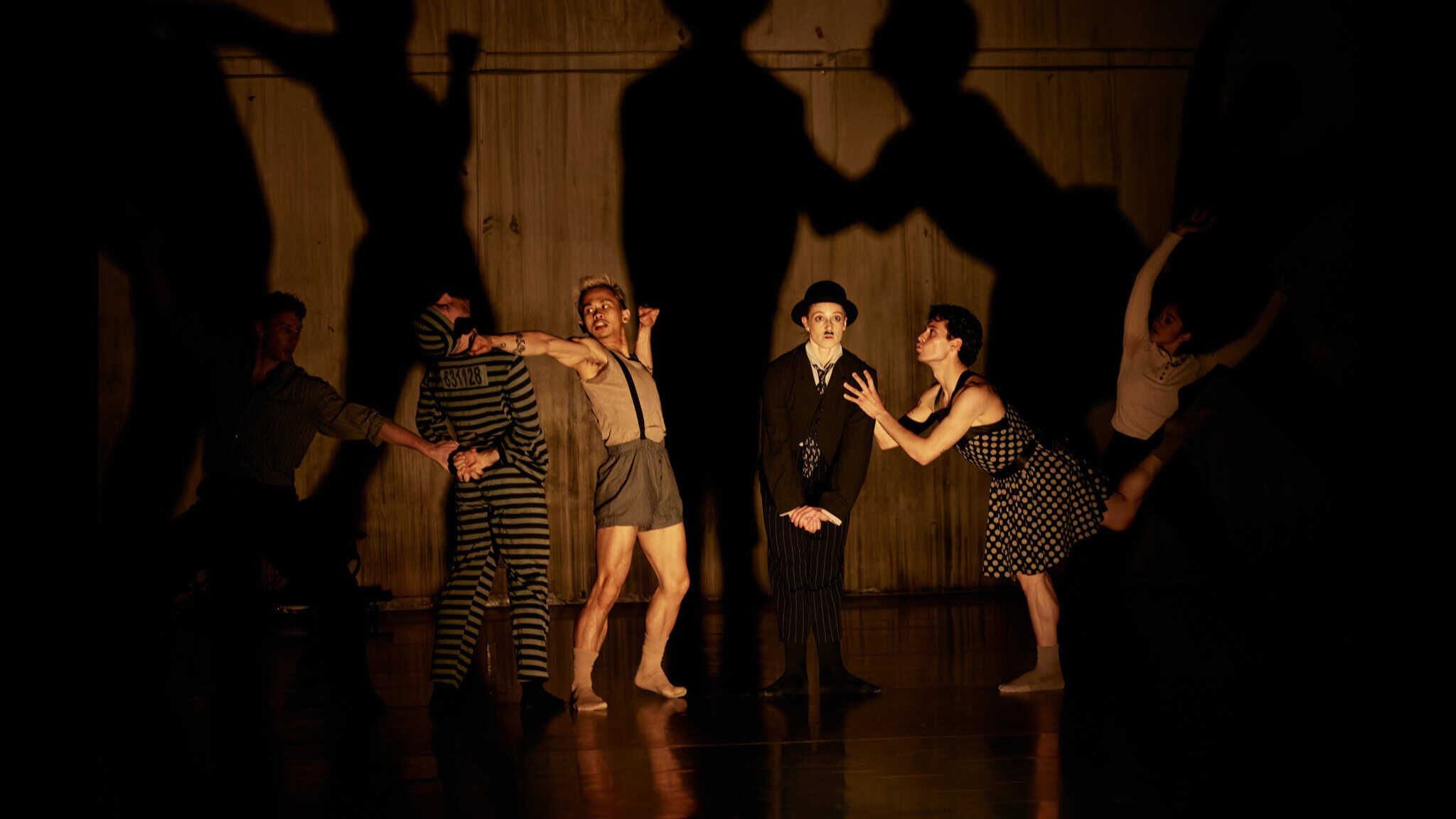
Last weekend, choreographer Olivier Wevers stood on the stage at Cornish Playhouse, asking the audience to drop their preconceived notions and open their hearts to art. Casting aside any pre-written speech and speaking from a personal and vulnerable place, Wevers — the artistic director of local contemporary dance company Whim W’Him — invited viewers to approach the work they were about to see with curiosity and openness.
It was the first of a two-weekend run of Spring ’24, the company’s annual end-of-the-season performance. Wevers’ monologue was a poignant preface for the ensuing show: a three-work rep (with pieces from Wevers, Gustavo Ramírez Sansano, and Ihsan Rustem) in which each section emphasized the vital nature of human connection.
“I recently went on a retreat to Costa Rica, and I didn’t have my cell phone for 10 days,” Wevers says. “And I realized we are so addicted to our phones. It’s getting worse and worse, and we’re all having a harder time differentiating between reality and this digital world that is becoming our reality. That’s why I think the artist’s role is so important right now — to ground us and make us feel something real.”
And Spring ’24 does just that. Opening with a reboot of Wevers’ 2018 Silent Scream, the program oscillates between dark emotions (anger, despair, longing) and playful, lighthearted interactions. Set to a mix of music from The Album Leaf and Charlie Chaplin’s infamous final speech in the 1940 satirical anti-fascist film The Great Dictator, the work — which combines vaudeville and contemporary dance — dives into the idea of binaries (good and evil, male and female, artist and director) and whether we can separate someone’s artistic greatness from their deeds and actions.
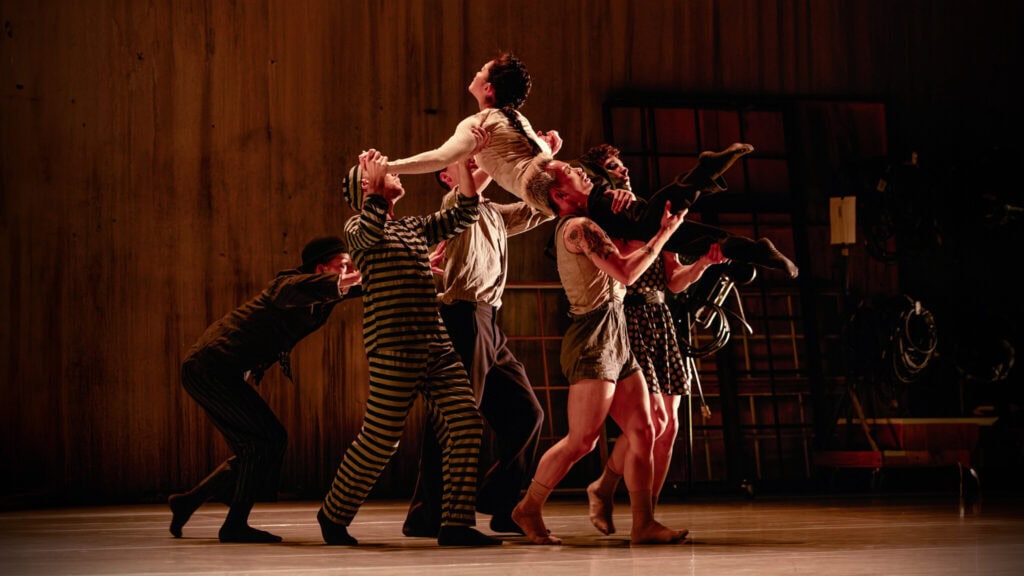
Silent Scream dives into binaries and whether we can separate someone’s artistic greatness from their actions.
Photo by Allina Yang Photography
More than 20 minutes, Silent Scream evolves from a winking, slapstick comedy (Jane Cracovaner’s Chaplin is delightful) to a melancholy ballet through which the overlaid movie monologue pleads to humanity to choose kindness, fairness, and hope despite living in a world mired in tyranny, war, and divisiveness. The speech premiered more than 80 years ago in response to Naziism and sadly is just as poignant and relevant today.
“We think too much and feel too little,” says Chaplin’s character at one point in his speech, and if Silent Scream makes us think, then the following two creations double down on the feelings. Spanish choreographer Gustavo Ramírez Sansano premiered the deeply personal Chapter 14, an emotional work in which two sets of duets (the first featuring Jane Cracovaner and Andrew McShea, the second featuring McShea and the transcendent Nell Josephine) capture the pain, longing, and restlessness experienced after a broken relationship, followed by the tender moments of hope that emerge with the bloom of something new. “I’ve wanted to work with Gustavo for years,” says Wevers, who notes that a different cast will dance the roles during the second weekend. “Every time I’ve seen his work, it draws me in. I always walk out thinking that I want it to keep going.”

Andrew McShea and Nell Josephine perform in Gustavo Ramírez Sansano’s new work, Chapter 14.
Photo by Allina Yang Photography
Closing out the night, fourth-time Whim W’Him choreographer Ihsan Rustem debuted Rechercher. Réunir. An ensemble piece bursting with his signature physicality, it showcases the company’s raw athleticism, balancing flexibility, coordination, and fluidity for a fresh and impressive segment of movement that built up the energy on stage—and in the audience. “All of Ihsan’s pieces are so physical and so beautiful,” Wevers says of the frequent collaborator. “What I love about his work is that some of his pieces are pretty deep, but he always tells the dancers, ‘This is life, it’s fun, don’t make it so dark, don’t be so sad.’ There’s something about his work that brings a lot of positivity and hopefulness, and that was something I was trying to capture for this show.”
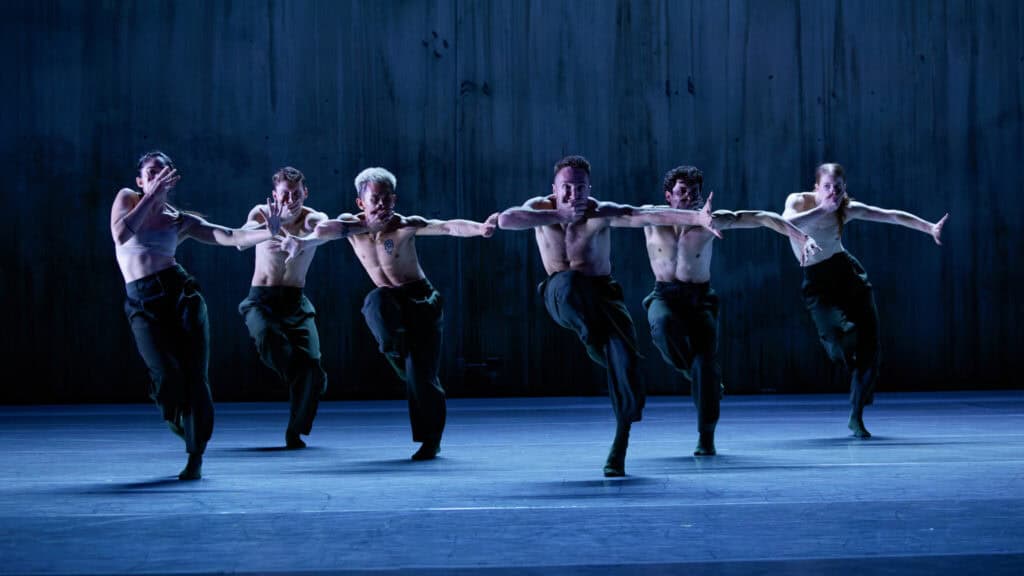
Whim W’Him Dancers performing in Ihsan Rustem’s Rechercher. Réunir.
Photo by Allina Yang Photography
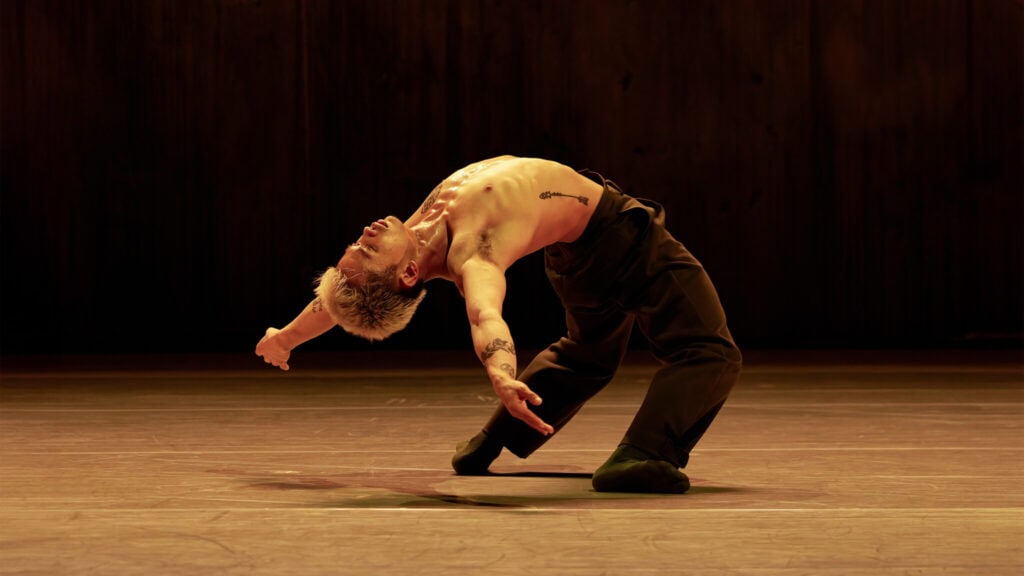
Kyle Sangil in a solo moment in Ihsan Rustem’s Rechercher. Réunir.
Photo by Allina Yang Photography
Whim Whim’s Spring ’24 runs at Cornish Playhouse at 8 p.m. May 17 and 18. Tickets here.

